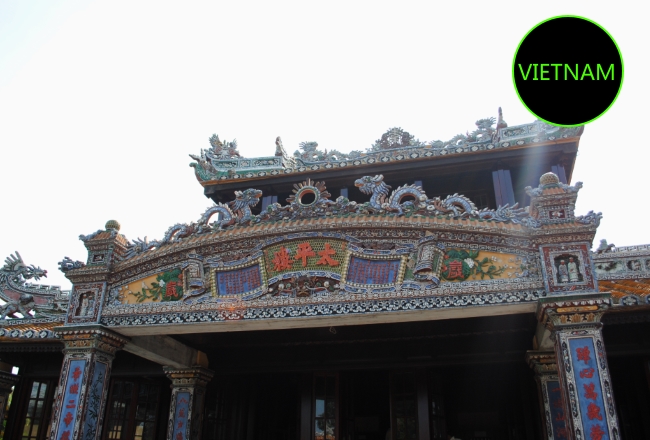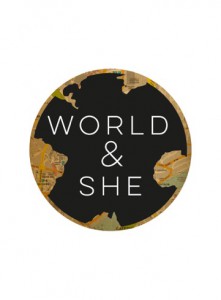The Imperial Citadel of Hue

 The imposing walls of Hue’s Imperial Citadel, a city within a city, loom over Hue. These walls have borne witness to the rise and fall of dynasties, the toppling of governments, the waging and winning of war. Now the crumbling, moss-covered remains of what was once a heavily guarded fortress look out at the modern city of Hue a little sadly, perhaps wondering what’s in store for them next.
The imposing walls of Hue’s Imperial Citadel, a city within a city, loom over Hue. These walls have borne witness to the rise and fall of dynasties, the toppling of governments, the waging and winning of war. Now the crumbling, moss-covered remains of what was once a heavily guarded fortress look out at the modern city of Hue a little sadly, perhaps wondering what’s in store for them next.
The Imperial Citadel is almost solely responsible for the thousands of tourists that descend on Hue every year so it’s a little strange that we managed to spend four days in Hue ignoring it completely.
Hue is known for its distinctive and delicious cuisine so I suppose I can assign some hours to the finding and eating of Hue food. We visited a natural hot springs, the first authentic hot spring I’ve ever been to and probably the last. I expected to emerge from the hot, slimy, boiled egg smelling water feeling like a new woman but I felt exactly the same only egg-scented. We walked along the perfume river at night. We made a brief visit to the local market because once you’ve experienced the sounds and smells of one Vietnamese local market you’ve been to them all. I had a Vietnamese massage.
Finally we made our way over the main bridge that spans the Perfume River and, guided by the impressive 120 foot flag tower, found ourselves standing in front of the heavily fortified but beautifully ornate Ngọ Môn Gate entrance to the Imperial Citadel.
Home of the Nguyen Dynasty, the Imperial Citadel was the centre of political, cultural and religious power for the country of Vietnam from its creation in the year 1805 until 1945. Heavily bombed by the US army during the 1968 Tet Offensive, the citadel was briefly captured by the Viet Cong. After the war the site was left in ruins, just 10 buildings remaining of the 160 that once stood there, until it became a UNESCO world heritage site in 1993 and restoration began.
There isn’t a great deal I can tell you about the history or architecture of this place that you can’t read on Wiki or the UNESCO website. I wandered guideless and made no notes at all.
But I can tell you that as you enter the south gate there are two ponds full of enormous white and gold carp that rise to the surface, opening their mouths in perfect O’s if they see your shadow on the surface of the water. I can tell you that it’s incredibly easy to find yourself alone, the only person walking around in this broken, rambling, magnificent mess that is completely silent apart from the rustling of the wind in the trees. I can tell you that there are certain parts of the citadel, ruined, unloved, forgotten-about parts where you’ll feel strongly that you’re trespassing, even though you’re not.
I can also tell you that there is a strange and dreamlike quality to this place, like you’re seeing it through eyes that aren’t your own, eyes that you can’t trust, and that you might, like me, feel the weight of its magnificent and tragic history settle on your skin as you explore, like a fine layer of dust.





